Related Research Articles
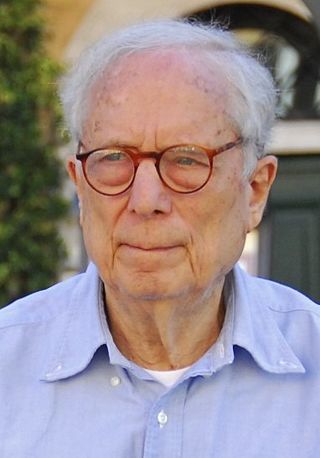
Robert Charles Venturi Jr. was an American architect,founding principal of the firm Venturi,Scott Brown and Associates.
Charles Willard Moore was an American architect,educator,writer,Fellow of the American Institute of Architects,and winner of the AIA Gold Medal in 1991. He is often labeled as the father of postmodernism. His work as an educator was important to a generation of American architects who read his books or studied with him at one of the several universities where he taught.

Graduate School of Architecture,Planning and Preservation (GSAPP) is the architecture school of Columbia University,a private research university in New York City. It is regarded as an important and prestigious architecture school. It is also home to the Masters of Science program in Advanced Architectural Design,Historic Preservation,Real Estate Development,Urban Design,and Urban Planning.
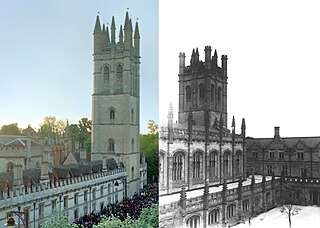
Collegiate Gothic is an architectural style subgenre of Gothic Revival architecture,popular in the late-19th and early-20th centuries for college and high school buildings in the United States and Canada,and to a certain extent Europe. A form of historicist architecture,it took its inspiration from English Tudor and Gothic buildings. It has returned in the 21st century in the form of prominent new buildings at schools and universities including Cornell,Princeton,Vanderbilt,Washington University,and Yale.
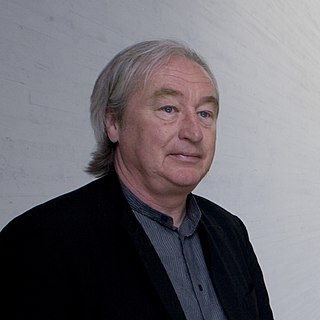
Steven Holl is a New York–based American architect and watercolorist.
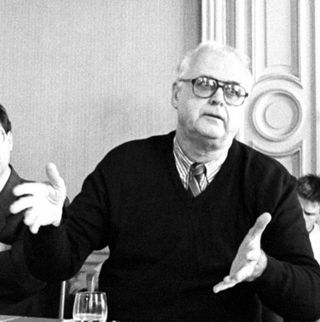
John Quentin Hejduk was an American architect,artist and educator from New York City. Hejduk studied at the Cooper Union School of Art and Architecture,the University of Cincinnati,and the Harvard Graduate School of Design. He worked in several offices in New York including that of I. M. Pei and the office of A.M. Kinney. He established his own practice in New York City in 1965.

The Syracuse University School of Architecture,commonly known as Syracuse Architecture,is one of the 13 schools and colleges of Syracuse University. The school offers bachelor's and master's degrees in architecture that are accredited by the National Architectural Accrediting Board (NAAB). Founded in 1873,it is the fourth oldest architecture program in the United States.
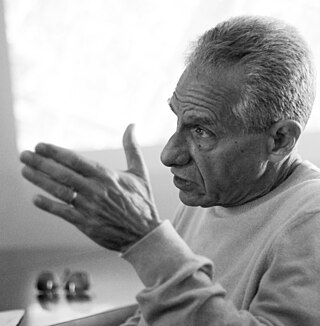
Eric Owen Moss practices architecture with his eponymously named LA-based firm founded in 1973.
Mónica Ponce de León is a Latina architect,educator,and dean of the Princeton University School of Architecture.
Diana I. Agrest is a practicing architect and urban designer and an architecture and urban design theorist,in New York City.
The USC School of Architecture is the architecture school at the University of Southern California. Located in Los Angeles,California,it is one of the university's twenty-two professional schools,offering both undergraduate and graduate degrees in the fields of architecture,building science,landscape architecture and heritage conservation.
Guy Nordenson is a structural engineer and professor of structural engineering and architecture at Princeton University School of Architecture. Guy has two children,Pierre and Sebastien Nordenson. He attended the Massachusetts Institute of Technology,graduating with a Bachelor of Science in Civil Engineering in 1977,followed by a Masters of Science in Structural Engineering and Structural Mechanics from the University of California at Berkeley in 1978. After graduating from UC Berkeley he worked at Forell/Elsesser Engineers in San Francisco (1978-1982) and Weidlinger Associates in New York City (1982–1987),before establishing the New York office of Ove Arup &Partners in 1987 where he was a director until leaving in 1997 to begin his own structural engineering practice,Guy Nordenson and Associates.
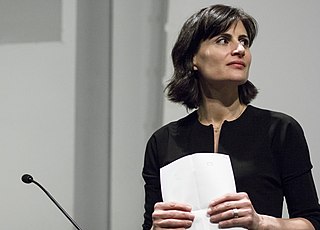
Amale Andraos is a New York-based architect. She was dean of the Columbia Graduate School of Architecture,Planning and Preservation (2014-2021) and serves as advisor to the Columbia Climate School. She is the co-founder of the New York City architecture firm WORKac with her husband,Dan Wood. Her impact on architectural practice around the world was recognized when she was named Honorary Fellow of the Royal Architectural Institute of Canada in 2021.

Lori Brown is American architect and the co-founder of ArchiteXX,a group dedicated to transforming the architecture profession for women. She is a registered architect,author and Distinguished professor at Syracuse University. Her research focuses on architecture and social justice issues with particular emphasis on gender and its impact upon spatial relationships. She is an elected fellow of the American Institute of Architects and a member of the American Association of University Women.
Hilary Sample is an American architect,principal,and co-founder of the award-winning architecture firm MOS Architects in New York City.
Gordon Kipping is the founder and principal of G TECTS,a New York-based architectural firm. Kipping has taught at the Graduate School of Design at Harvard University and has assisted Frank Gehry in teaching design studios at the School of Architecture at Yale University. Kipping has been a studio professor at the School of Architecture at Columbia University,since 2000.
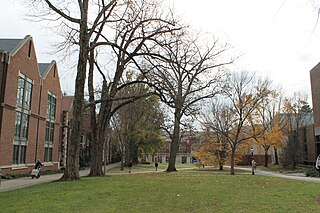
Princeton University School of Architecture is the name of the school of architecture at Princeton University. Founded in 1919,the School is a center for teaching and research in architectural design,history,and theory. The School offers an undergraduate concentration and advanced degrees at the master's and doctoral levels.

Elizabeth Diller,also known as Liz Diller,is an American architect and partner in Diller Scofidio + Renfro,which she co-founded in 1981. She is also an architecture professor at Princeton University.
Germane Barnes is an American architect,designer and an Assistant Professor of Architecture at the University of Miami in Florida. Barnes was a recipient of the 2021 Rome Prize in Architecture and the 2021 Wheelwright Prize.
Li Hu is a Chinese architect and professor. He is the founding partner of OPEN Architecture,Kenzo Tange Design Critic in Architecture at Harvard University Graduate School of Design,visiting professor at the Tsinghua University in Beijing and China Central Academy of Fine Arts,former partner of Steven Holl Architects,and director of Columbia University GSAPP's Studio-X Beijing.
References
- ↑ Frey, Darcy (2008) "Crowded House", The New York Times , June 8, 2008. Retrieved November 20, 2013
- ↑ "Field Operations - home". www.fieldoperations.net. Retrieved 2021-10-01.
- ↑ "Stanley T. Allen | Princeton University School of Architecture". soa.princeton.edu. Retrieved 2021-10-01.
- ↑ Princeton University: Stan Allen profile, retrieved 19 February 2014
- ↑ "Stanley T. Allen | Princeton University School of Architecture". soa.princeton.edu. Retrieved 2021-10-01.
- ↑ Katie Gerfen: "Stan Allen Architect", in Architect, January 2008
- ↑ Laura Bossi: "Chapel, Chosen Children Village Foundation, Philippines", in Domus, 22 April 2009